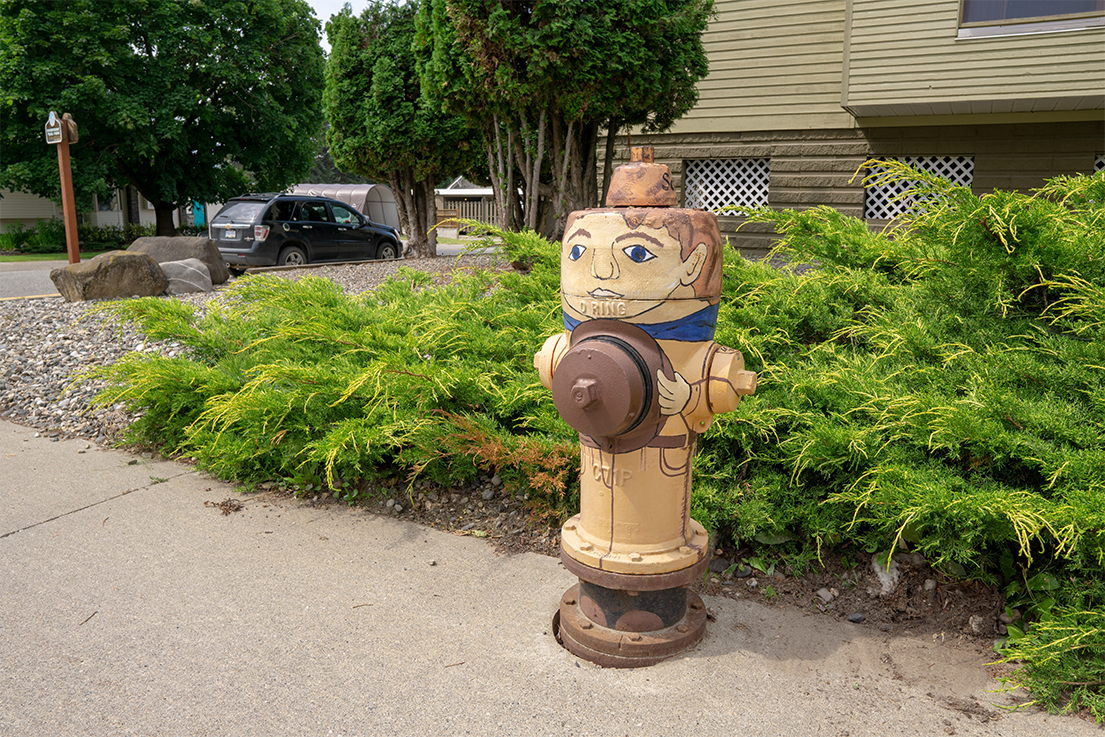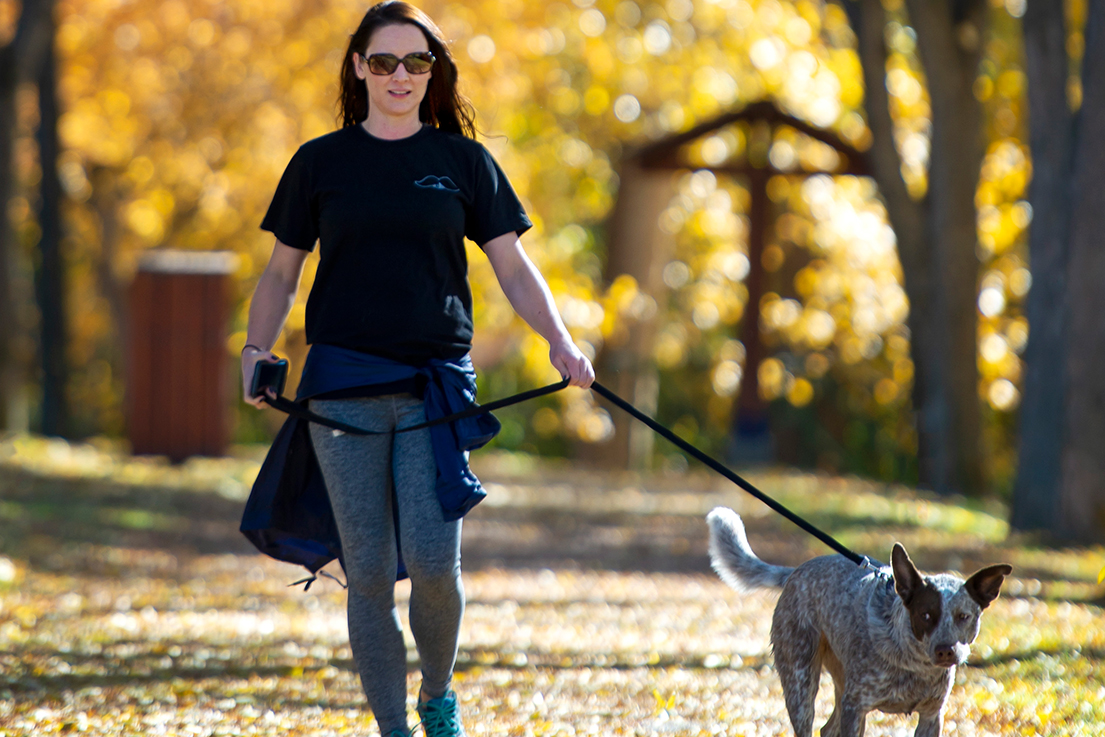Exploring our fascinating history is a great theme for a downtown walk. On a day when your adventure companion’s a history buff, your energy level is low, or the skies aren’t showing you the blue, why not make this the theme of a little exploration? You’ll be outdoors; physically active, and you’re guaranteed to learn something new!
The best place to begin? The Quesnel Museum and Quesnel Visitor Centre, of course! Stop in and chat with one of the super helpful staff, pick up some maps and brochures and get some extra beta to start planning your next Quesnel adventure.

Painted Fire Hydrant Walking Tour
Civic infrastructure serves a utilitarian purpose, but why paint all fire hydrants red when you could hand paint them to resemble critical characters in your town’s history? Great question; and one that inspired Quesnel to showcase some of the key figures that made it the colourful city that it is today. This short urban walking tour will help you get acquainted with the bustling downtown core as you wiggle among the compact grid of downtown streets and search for the 23 fire hydrants that help to tell the story of Quesnel.
Start this flat, paved route at the Quesnel City Hall on the corner of Kinchant & St Laurent Streets; look for the tall yellow building to begin.
Fire Hydrant #11: Where would we be without voyageur Alexander Mackenzie (the first European to stop where the Quesnel and Fraser Rivers meet in 1793)?
Fire Hydrant #20: The cyclist who rode his bicycle from Ashcroft to Barkerville, but met an impasse of snow at Cottonwood, may inspire a future cycle-tour of the Cariboo, albeit on modern, light, geared bicycles with considerably less cargo, and with far better road conditions.
Painted Fire Hydrant Walking Tour
Chinese Cemetery Tour
Every time that you enter or leave Quesnel from the South, you’ll pass a large stone cairn. It may seem unremarkable in passing, but this cairn has been formed by stones from several of the gold-bearing streams in the Quesnel-Wells-Barkerville area to honour the countless (and often unnamed) Chinese labourers who contributed to the success of the Cariboo Gold Rush. Thirty-two of them are interred in the Quesnel Pioneer Cemetery, often in unmarked graves.
Be sure to read the guide (that you picked up at the museum) to the Chinese portion of the Pioneer Cemetery. The stories of many lives will jump off the page. You’ll learn about families separated for decades by an ocean, the impact of the Chinese Head Tax, and traditional Chinese funerary practices. The names on the cairn will come alive as the people that put in the labour to build this community: ranchers who supplied vegetables to the miners, labourers and laundrymen, shop-owners, apothecaries, blacksmiths and photographers. Many lives were hard and shortened by tuberculosis, fire and farm accidents, honouring the real life stories of our local pioneers.
Quesnel Pioneer Cemetery
The rest of the cemetery may seem more familiar; headstones, inscriptions and low fences in tidy rows. The weathered stone grave markers tell stories of migration: hope to strike it rich in the goldfields or just for a better life. Wander among the markers and look for the ones lying partially buried in the grass or the way the tall trees weave roots among the stones, nestling the human stories within.
There are some unique markers that I’ve never seen anywhere else. Keep your eyes open for the stone tree, the oldest grave (1878) and for a lovely bench in place of a stone at Frank Lust’s site. If you’ve already walked through downtown Quesnel on the Little People Tour, you’ll likely recognize that some of the street names came from the very folks in the Pioneer Cemetery. Heritage and history are so important and in Quesnel, we recognize the dreamers, the labourers, the ranchers and the entrepreneurs who contributed to making modern Quesnel a city where you’ll want to spend time.

Riverfront Trail
Walk, cycle or roll along this popular paved 5.2 km downtown trail. Begin at the historic wooden trestle walking bridge and choose to go left or right. You’ll end up right where you began in this convenient loop that allows you to wander along both the Quesnel and Fraser Riversides. Stop and read the interpretive signs to learn about how settlers and early First Nations communities used the rivers, and the impacts of colonization on the Indigenous population. In the summer, you’ll enjoy the flower-lined paths and in the fall, the golden leaves will keep you occupied with awe. The City of Quesnel prioritizes clearing snow from this path all winter, so don’t let the snow prevent you from getting out on this fascinating trail.
By Brenda Beatty


